Overview
The objectives of this project were to develop a method to differentiate between safe and hazardous ground conditions and to develop a method to detect obstacles. The obstacle detection prototype was able to determine distances. With more time and further research, this distance information could be applied to produce haptic or audio feedback. The ground condition detection method gave proof that it is possible to differentiate between hazardous and non-hazardous surfaces using ultrasonic sensors. While the testing needs to be expanded to include the variables of distance and thickness, with more time the ground-condition detection prototype could be used to effectively differentiate between surface materials. Overall, the described methods could be used to create a device with a new form of hazard detection not currently available to individuals with visual impairments.
ABSTRACT
GRAPHICAL ABSTRACT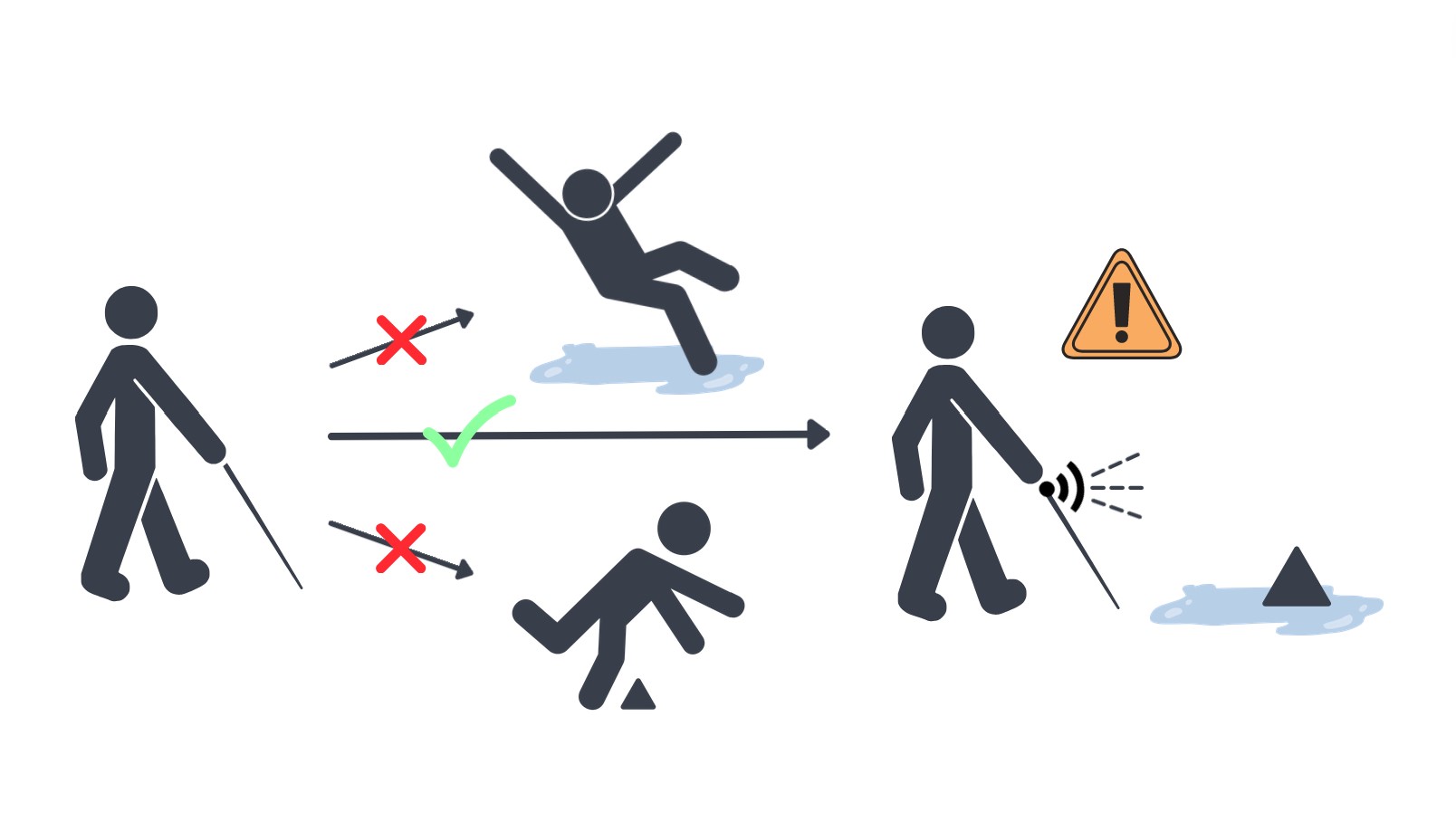
Research Proposal
Click here to view the STEM Docs page.
Literature Review
Click here to view the STEM Docs page.
Engineering Need
Individuals with visual impairments have difficulty navigating while alone due to unknown obstacles and uncertainty in ground conditions.
Engineering Objective
The goal of this project was to design technologies that can be used in a device to inform the user of obstacles and hazardous ground conditions.
Background Infographic
Background
In order to address navigation difficulties for people with visual impairments,
devices typically address the goal of obstacle detection and finding a safe route to a
destination. Non-electronic solutions include the white cane, guide dogs, and tactile ground
surface indicators. These devices, while effective, lack in multiple key areas. Most electronic travel aids (ETAs) aim to address and improve flaws of current widespread solutions.
The most common way to do so is through obstacle detection. While there are many ways in which ETAs detect obstacles, the concept is usually the same. Detect distances from a base, and if that distance decreases, there is an obstacle.
While obstacle detection is a key feature in many ETAs, there are no commercially available products to detect ground conditions.
Procedure Infographic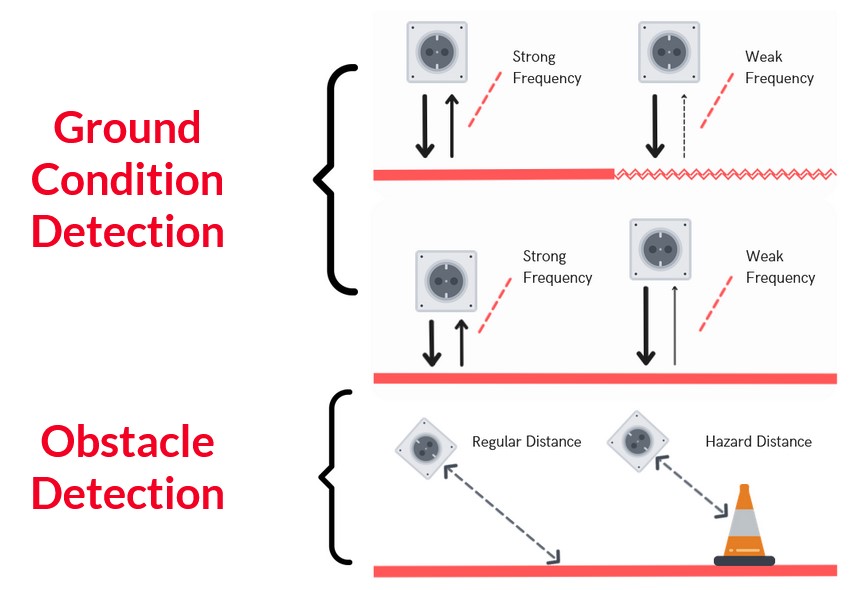
Procedure Description
"
Figure #1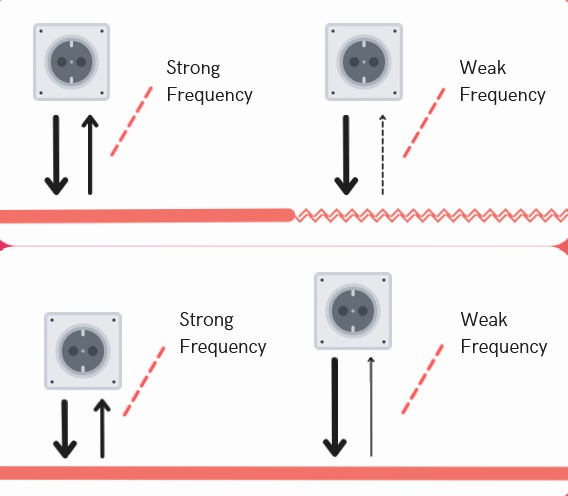
Figure #2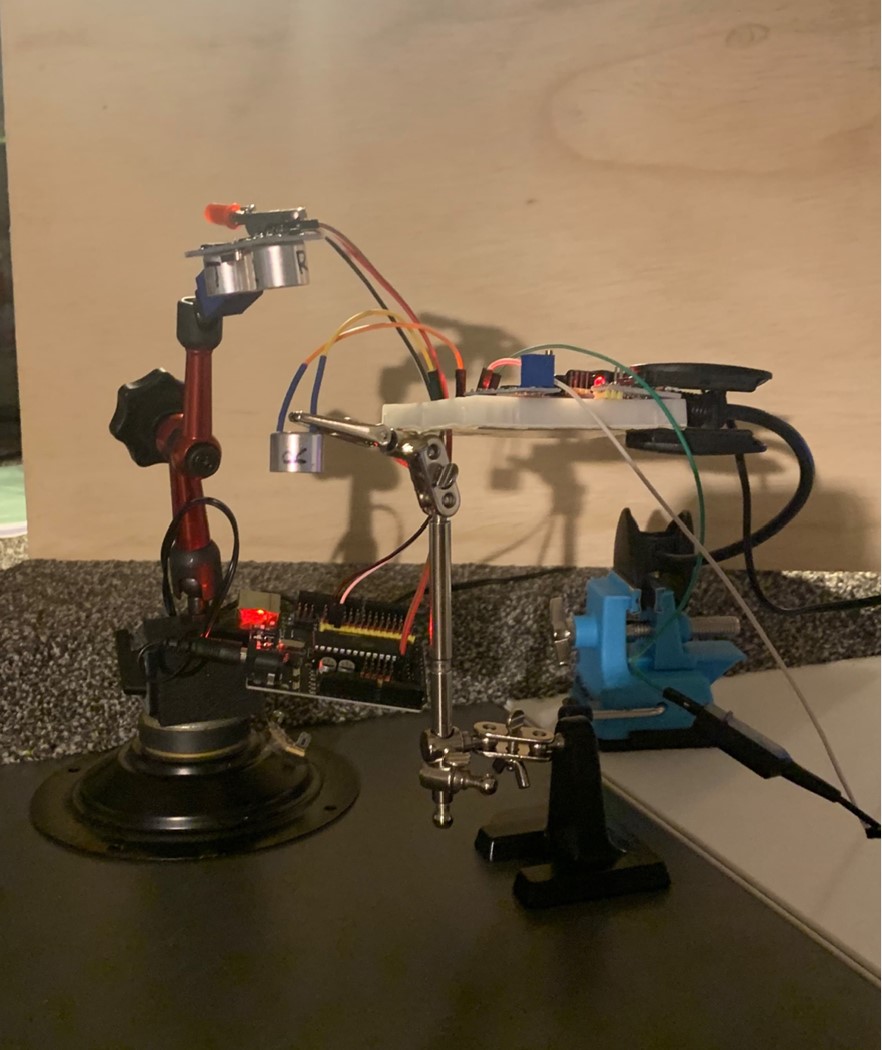
Figure #3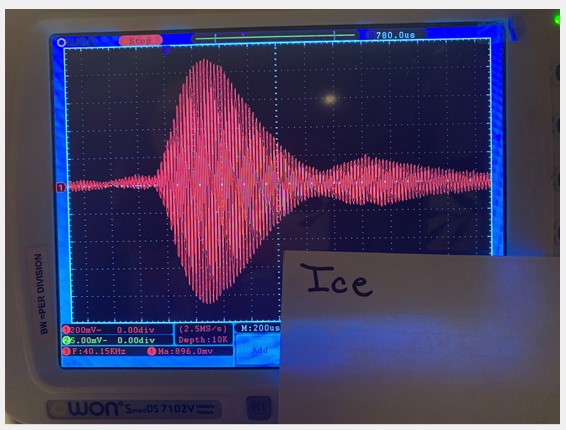
Figure #4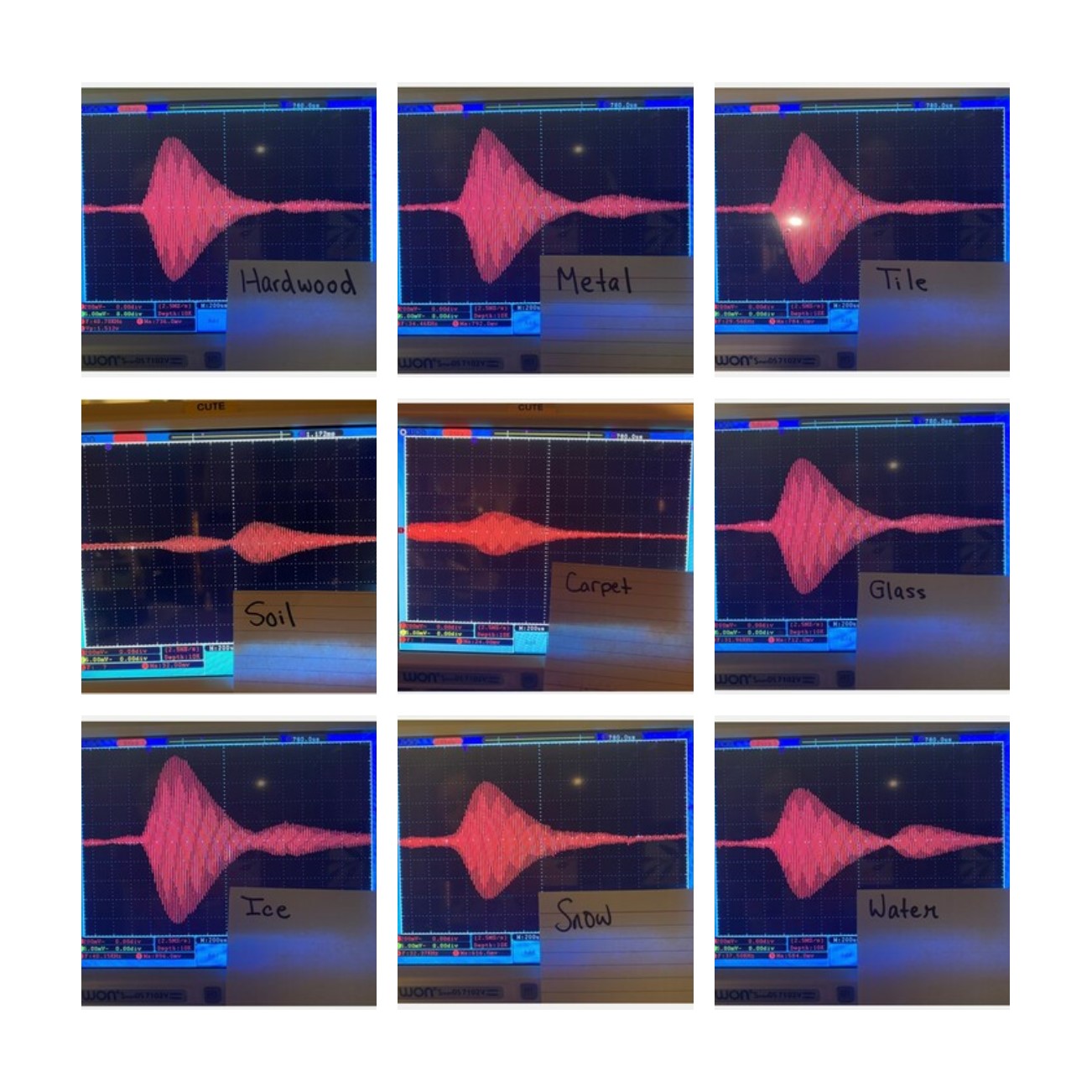
Analysis
Discussion and Future Extentions
"
References
Poster